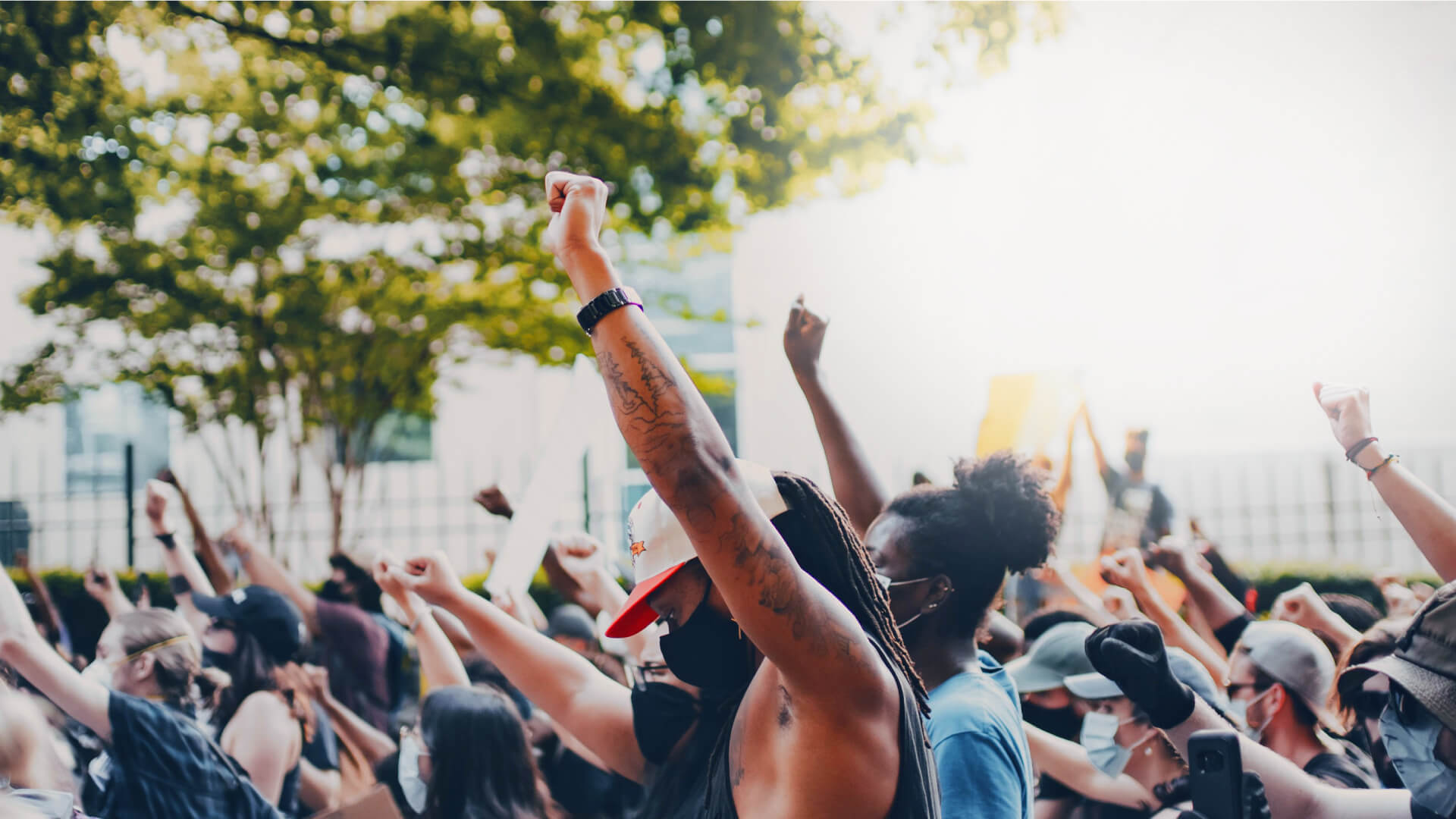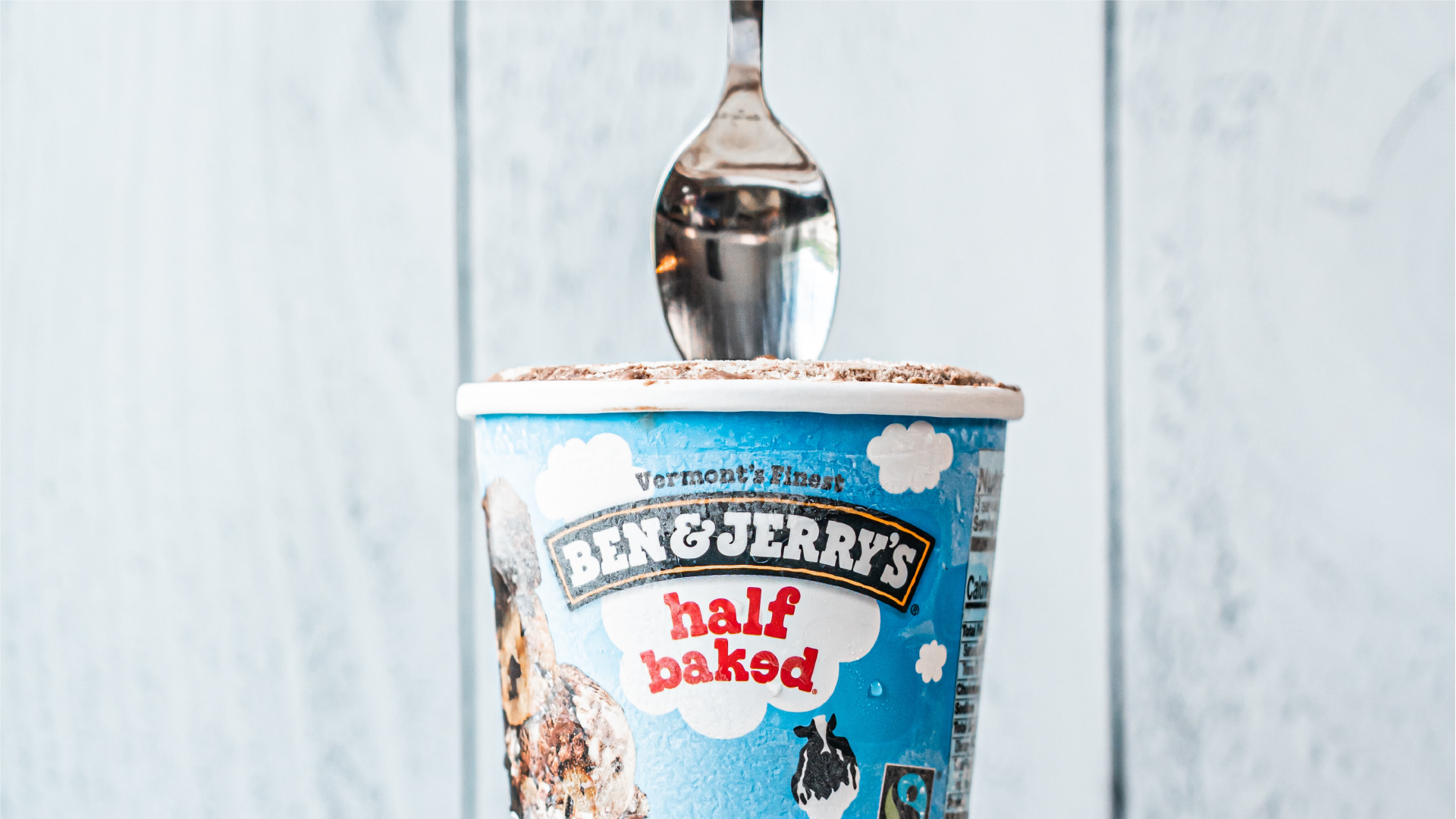—News
How can brands rebuild loyalty?
Fostering loyalty through social values
3 minute read

While not everyone is loyal to a particular brand, lots of people are passionately engaged with social causes.
This has never been more true than now, after the pandemic, the climate crisis, and cases of racially motivated violence have brought discussions of systemic inequality to the fore. Indeed, nearly three-quarters of Gen Yers and Zers say COVID-19 has made them more sympathetic to the needs of others locally and around the world. As people become more engaged with wider societal issues, they’re paying closer attention to the impact of brands in this space – from the diversity of their staff to their carbon footprint. In the US, 68% of consumers expect brands to be clear about their values, while 54% expect brands to take an active role in social conversations about issues such as racial injustice. In a more socially engaged post-pandemic world, brands have the opportunity to build loyalty by helping to advance the causes that matter to their customers.
DOWNLOAD THE FULL REPORT
GROUNDING PURPOSE IN ACTION
Atkin asserts that for brand purpose to drive loyalty, it needs to be believable. Globally, 82% of consumers have taken action to support a company because they believed in its purpose.
“There are too many brands in the world that use purpose as a means of distracting from the real impact of their activities,” he says. “Rather than over-promising and over-reaching, brands need to focus on the changes that they can make.” This could mean focusing on meaningful change as a year-round endeavour rather than simply when a conversation is topical.
For example, Ben & Jerry’s extended allyship with a Palestine Boycott.
The ice cream manufacturer has taken a bold stance in solidarity with Palestine by refusing to sell its treats in occupied Palestine territories, citing continued sales in these settlements as inconsistent with its values.
And Jägermeister collaborated with the Lesbian Bar Project to save the 15 remaining lesbian bars in the US, which since the 1980’s have seen a decline from over 200. Historically, being seen as safe places, they are a highly important pillar for the LGBTQ+ community. At a time when half of Americans see Pride-themed products as a marketing tactic rather than a genuine reflection of a brand’s values, the initiative demonstrated the brand’s year-round commitment to championing underrepresented voices and is likely to resonate well with consumers who have grown tired of seasonal rainbow-washing.
HIGHLIGHTS & TAKEAWAYS
- As conscious consumerism hits the mainstream, people are more likely to be loyal to brands that help them take control of the ethical impact of their consumer habits.
- People expect to see brand purpose reflected in more than just marketing communications. Amid accusations of woke-washing, a brand’s purpose needs to be articulated in all aspects of the business to be convincing.
- Loyalty schemes are a great opportunity for brands to help consumers support the causes that they care about, with the potential to spark long-term commitment from the increasingly conscious consumer.

HELPING CONSUMERS TO HELP OTHERS
From shopping sustainably to buying from Asian-owned businesses, people are increasingly viewing their consumer decisions as an opportunity to signal their values. Brands can inspire loyalty among these conscious consumers by creating new ways for them to engage with issues that are important to them. This is an approach United Airlines took with its Miles on a Mission initiative, which allowed MileagePlus members to help in the Afghanistan relief effort by donating airmiles. As part of the campaign, United matched all donations up to five million miles.
In the UK, The Co-operative has taken a similar approach. Upon recognising that 4.6 million members had £30 million in unused rewards sitting in their accounts in 2020, the supermarket launched an initiative allowing members to donate all or some of their rewards balance to a coronavirus fund that supports and community causes affected by the outbreak.
The scheme saw customers donate over £500k to the crisis fund, and helped the brand gain 1.7 million new households since the start of 2020, reaching their highest market share in over 20 years. Both schemes are likely to resonate with the 61% of Gen Yers who say that they would prefer to donate their rewards to a good cause rather than redeem them personally.

Insights and opportunities
PURPOSE IS A YEAR-ROUND COMMITMENT
Amid a rise in conscious consumerism, establishing a clear sense of purpose can help brands appeal to consumers and build loyalty. However, it’s important that marketers treat purpose as more than a buzzword. People want to see brands put their money where their mouths are when it comes to supporting social causes, particularly younger Gen Z consumers – 89% of 13- to 24-year-olds agree that if a brand voices support for a social issue, they should also make active efforts to help the cause. To be credible, brand purpose needs to be articulated as an ongoing, year-round endeavour. “True purpose is grounded in action, not simply communications,” says Atkin.
As socially-minded Gen Zers increase their spending power, expect to see more vocal demands for brands to make a true impact. For brands across food, drink, and travel, there’s an opportunity to build loyalty by catering to communities that may have traditionally felt overlooked by the hospitality industry. Airbnb, for example, has created a range of online experiences for guests from the neurodiverse community, including inclusive dance classes and interactive music lessons. Orbitz has launched an LGBTQ+ travel hub where visitors can browse hotels that have signed the brand’s pledge of inclusion, explore events, and learn about the brand’s year-round commitment to supporting LGBTQ+ travel. Meanwhile, in the UK, The Black Farmer reversed a long tradition of racial caricatures on food branding with a campaign featuring prominent – yet overlooked – faces from Black British history, including Mary Seacole.